|
9/11/2019 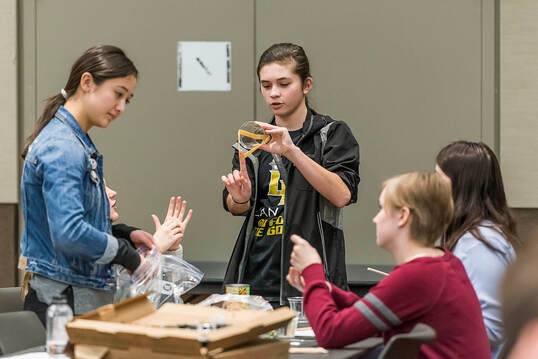 Managing the instructional environment at the secondary level is very different than primary or middle school. Of course students are physically larger, some taller or heavier than the teachers, but intellectually they are approaching adulthood…...even though it may not seem that way. When teachers think of classroom management I suspect many are most concerned with behavior management of their students. In my experience, when you proactively organize the learning environment and instructional delivery, you can minimize the behavioral distractions. That is what this post aims to address. Of course, each group of students, as well as each teacher is unique. Excellent strategies in a New Jersey honors class may be a moderate success in a general class in Nebraska and a complete failure in a basic classroom in California. Each professional will use their judgement on the best techniques for them in their situation. Here is the official G. KATZ CHRONICLE endorsed High School Management Plan:  1-Remember the seven "Ps": Proper Prior Planning Prevents Piss Poor Performance. A dear friend, who was a urologist, taught me that acronym. It is as true for his profession as it is for ours, as it is in life. Prepare yourself before the school year starts, and both daily and weekly, as it progresses. Know what you want students to learn. Create a timeline for teaching while allowing for flexibility. Be aware of school policies and support personnel available. Establish a record-keeping system for attendance, grades, and behavior. Make a seating chart for classes that is in place from day one and label desks so students know where to sit. (Of course you can change student seating as needed during the school year).  2-These days public school districts proudly announce slogans that say “they graduate all students all the time” and the idea of multiple pathways toward graduation is embraced. I am one teacher, among many others, who has been pressured to pass students that don’t complete even the minimum standard of work for a course. I have seen teachers respond to this pressure by setting the bar so low that they accept the most megre, poor quality student product and award passing grades. By doing so, they can remove a target some administrators may have placed on their backs. But those teachers now have a classroom of students with plenty of free time since its simple to complete the paltry amount of “work” assigned. Most students will take advantage with non-productive pursuits. Many will play on their phones, miss class, behave in a disorderly manner, and otherwise party. I believe the main objective of public education is teaching content (primary as well as secondary subjects) in order to provide the skills necessary to fully participate in society. That is why we need to set high academic expectations. Obviously. Toward that end, use class time effectively. Keep students busy the whole period with work relevant to the subject. Giving a class short or easy assignments to ensure that the slower workers have time to finish is a poor use of time and defeats the purpose of education. Plus, it invites undesirable behaviors in the classroom. Give more work than they can reasonably complete in a period. Then there is always an assignment that they need to be working on. One way to keep students on task from the moment they enter the classroom is to use "Do-Nows" or "Bell ringers" at the beginning of class and "Exit Questions/Tickets" at the end of class. Life Science "Do-Nows" and Exit Tickets: 180 Days of Warm-Up and Closure Activities provides a standardized form of these activities for the entire school year. The book consists of science articles, which each contain ten blanks for students to guess the missing word from the context of the reading. The standardized format ensures student understanding of how to complete the activity once it is introduced and practiced during the first couple of days. This volume also include a bank of summative questions teachers can use to recap the day's lesson during those last minutes of class.  3-Be clear and cordial. Be honest, respectful, and a good listener. Tell them when they do a nice job. Essentially, treat them as you want them to treat you. Model everything from verbal communication in the classroom, to how assignments are to be completed, to entry and exit of the room. Praise students who enter the classroom appropriately and get right to work. Include that behavior as "class participation" and consider it as a component of grading. 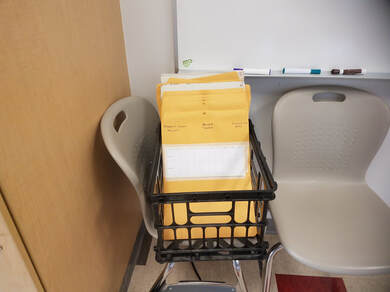 Verbal cues and physical modeling of appropriate, academic class participation are the most overt ways that I have managed students. A classroom of self-directed learners will likely not need much teacher intervention to get them focused on classwork, but many students are not as inclined toward scholarly pursuits. Much of my career has been spent with students who struggle academically and behaviorally. From the moment students enter my classroom I greet them and encourage them to complete the "Do-Now" activity on their desk. We repeat this daily during the first five to ten minutes of class. At the end of each class I collect their "Do-Nows" and make note of any inappropriate student behaviors on those sheets. At the end of the week I give them a grade for class participation based on how appropriately they completed their "Do-Now" and how academically focused their behavior was. That grade is calculated as part of their overall classwork grade for the quarter, but they get weekly feedback about their class participation on a chart on their classroom folder.  4-Be consistent. Be fair. Don't threaten. Explain: "If A happens, B will follow". If you promise something (regardless if its a special project or detention), follow through. Students need to know that you mean what you say and say what you mean. Once you have made students aware of a behavior they need to correct (lateness, talking out, not following directions, etc.) and you have reminded them...follow through: call home, give teacher detention, or whatever consequence you use for a first offense. Hold students to the rules (schoolwide and classroom) starting from the beginning of the year. It's your prerogative if you want to cut them some slack in June, but establishing "new" rules mid-year is problematic.  5-Be firm, decisive, and self-assured. Be the leader. Don't equivocate. Students will push back. There will always be one or more who don't like the parameters that have been established by you or the school. Don't cave in. Throughout my career I have had administrators, social workers, and guidance counsellors ask for special dispensation for students who "didn't like" docking their cell phone in a designated area of the classroom or "had" to manipulate an object (toy) in order to learn. If a student has an IEP which states that they must snack, leave their seat, or engage in some other activity during class time for which there is a prohibition, you must comply. However, I would urge you to work with the student, parent, and/or counselor to find a discreet manner in which the student can fulfill his/her needs outside of the sight of their classmates. Students following a school rule against wearing hats in-doors (for example) will (justifiably) inquire about another student that is seen wearing one. At that point, you could explain that the student has (for example) a documented medical condition which necessitates his/her head be covered. Hopefully, the student making the inquiry will comprehend the nuances of when certain rules may not apply. Barring the rare occasion that a student has a medical or religious excuse for an accommodation, do not get drawn into extended debates over procedures that need to be followed. Students must follow rules just as they will have to as adults. Stand firm.  6-Set boundaries. Be friendly, but not their friend. High School students are burgeoning adults. G. KATZ CHRONICLE Classroom Management is about delivering the curriculum in a concise and interesting manner, sans fluff. Don't include unnecessary information. Don’t overshare about your personal life. Teaching shouldn't be about how many "likes" you can get or your score on RateMyTeachers.com Encourage all students to participate appropriately. Don’t let a few kids hijack the spotlight. Limit students who attempt to rob their classmates of your attention. 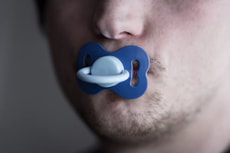 7-Don't infantilize them. Treat them like the capable, intelligent people you expect them to be. This is not an elementary school. 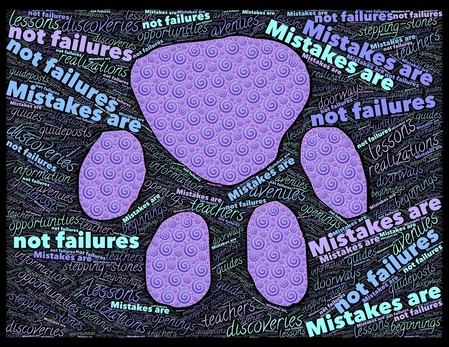 8-Teach authentically, to your strengths and with your own style. There truly is no other way to sustainably manage a classroom. You will make mistakes. Everyone does. Be honest about that and own yours.  9-Accept what you cannot control. Once you have established clear boundaries and consistently applied them you will still sometimes get an incorrigible student or a parent or school "team" member who undermines what you trying to accomplish. You will never be able to talk sense to these people. Do your best to minimize their destructive influence. Clock out at 3:00 PM. Go for a run/Have a glass of wine/Drive a golf ball ...Whatever it takes so that you can do it again next time.  10-Find humor. If you can make a joke about something the class is learning---do it! Humor can help students learn. My ebook Get Stoked for Science Jokes is a collection of jokes by unit that you can use in your classroom. Download it for FREE! Find humor, too, in non-conformist trends like purple hair, piercings, saggy pants, and tattoos. As long as students are participating appropriately in class, you can teach and they can learn.
1 Comment
|
AuthorGertrude Katz has spent over 30 years teaching K-12 public school students all major subjects. She has taught biology and education at the college level. The majority of her career has been spent instructing biology at the secondary level. Categories
All
|
||||||
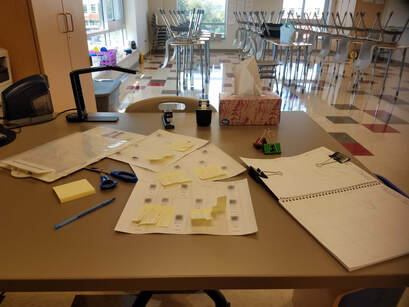
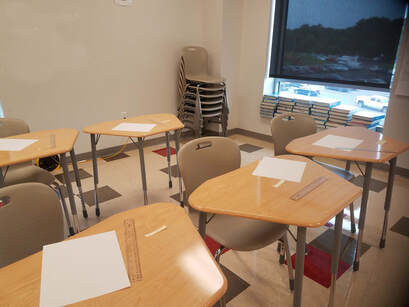
 RSS Feed
RSS Feed